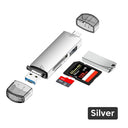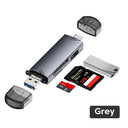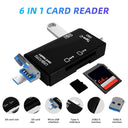I had the Home Base 2 and it is for the moment day and night with the Home Base 3. The AI embarked is very cool, I like the cross tracking that allows me to see in a video someone passing in front of several cameras. On the other hand I do not understand why the AI can recognize the faces but we cannot do any automation depending on the detected face 🤷 ♂️
Apart from that, I really like Eufy and I recommend it.


















